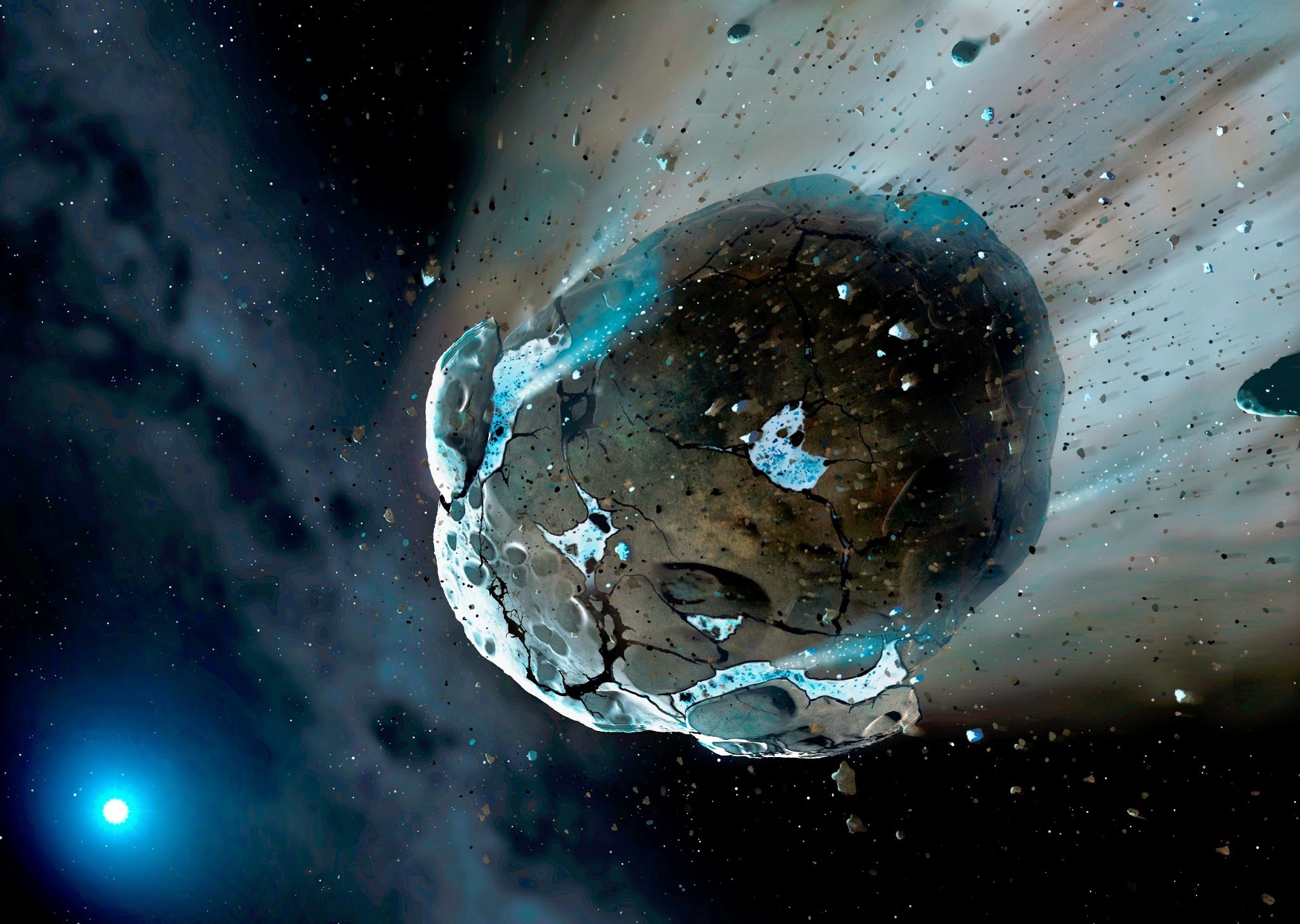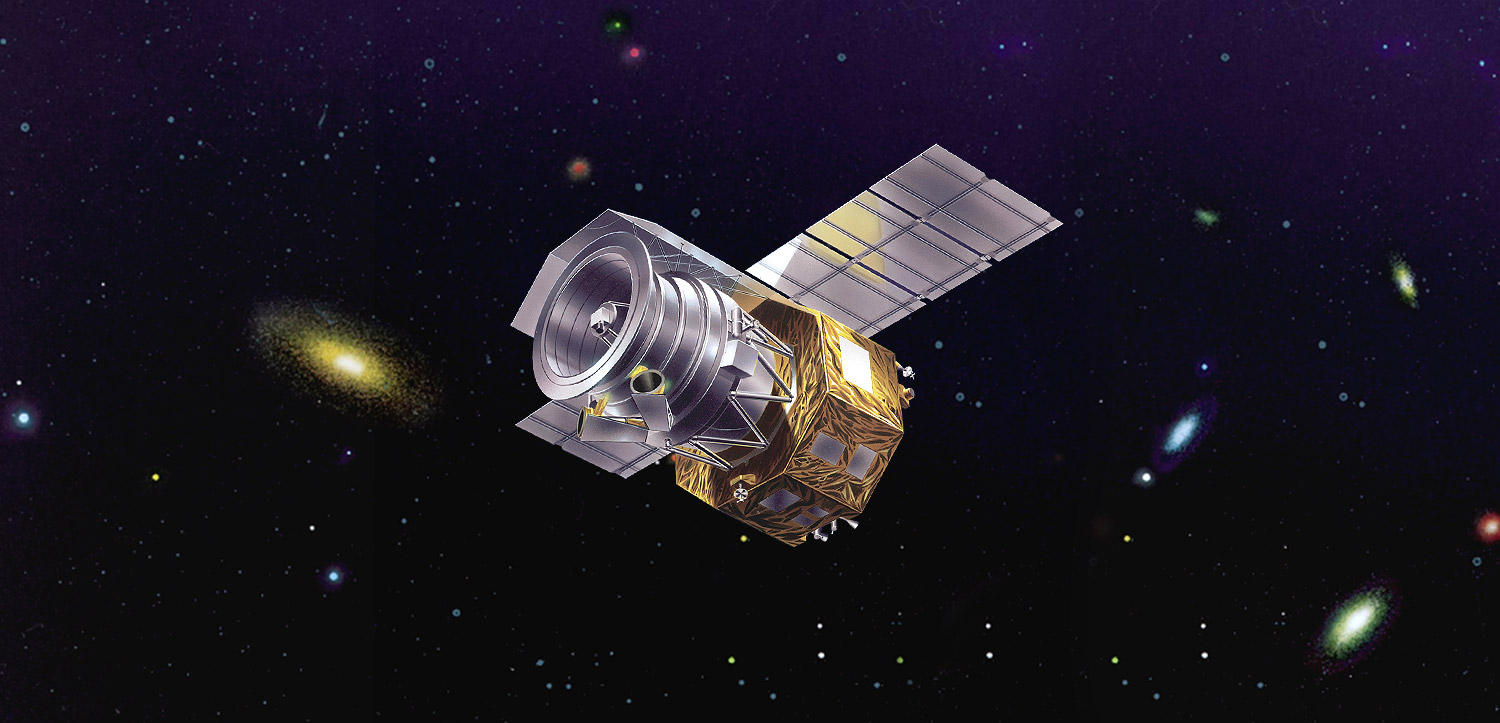The japanese satellite AKARI relieved for the first time the existence of water under the shape of minerals in many asteroids.
This discovery will support the understanding of the distribution of the water inside our solar system and to the definition of the evolutive dynamic of the asteroids.
The research
The research’s team is a group of astronomers of the University of Tokyo and of the Japanese space agency Jaxa. The main representatives of the team AKARI are: Fumihiko Usui, Sunao Hasegawa, Takafumi Ootsubo and Takashi Onaka.
The results of the research were published the 17th of December on Publications of the Astronomical Society of Japan.
The asteroids, were considered some possible carriers of water on the Earth. To definition the asteroids are rocky bodies characterised by the presence of molecules which contain atoms of oxygen and hydrogen linked together, known as hydroxyl.
The hydroxyl are spreaded inside the asteroids, especially in the minerals. The asteroids generally have an irregular shape and there are many types of them. Some are composed mostly by metals, other by rock, other contains frozen water and made by carbon.
The liquid state water doesn’t run on the asteroids’ surface, but it is inside them under the shape of hydrates minerals. The hydrates minerals were produced by chemical reactions inside the asteroids.
So, through the research of hydrates minerals they tried to confirm or not the presence of water inside the asteroids.

The satellite AKARI
The research describes how the hydrates minerals result stable even above the temperature of sublimation of the water and so how they result useful to easily and successfully find the existence and the quantity of water on an asteroid by using the wavelenght observation of the infrared.
The satellite, AKARI, is an infrared satellite and it is suitable for the water’s research inside the asteroids due to its functioning. The satellite was created by the Japan Aerospace Exploration Agency, in cooperation with the European and Corean institutes.
The infrared’s wavelenght contain spectral characteristics able to recognise specific substances like molecues, ice and minerals, which are not observable in the visible’s wavelenghts.
The hydrates minerals have absorption’s characteristics at around 2,7 micrometers, which are observable only through the infrared. The absorption of the water vapour and the acarbon dioxide in the terrestrial atmosphere avoids to observe this wavelenght with the terrestrial telescopes.
It is absolutely needed, for this reason, to do observations outside the atmosphere, which means in the space. The japanese infrared satellite AKARI, launched the 22th of February of the 2006, has on board an infrared camera (IRC) which allows to obtain close infrared wavelenght spectrals from 2 to 5 micrometers.
By using this function of AKARI were observed 66 asteroids. The many observed asteroids were divided in many types according to the presence or not of hydrates minerals.
The discovery
This study confirmed the presence of water on the asteroids. Furthermore, the results demonstrated that the size and the distance of the asteroid from the sun can be determining factors by the possibilty of the presence of water.
To fully understand the observed models, we need to accumulate observations of many asteroids and compare them.
One of the representatives of this research, Fumihiko Usui, claims: “By solving this enigma, we can make an important step toward the identification of the source of water on the Earth and to reveal the secret about how the life on the Earth started“.
After the launch of AKARI, the next opportunity to make a spectroscopy on the wavelenght asteroids of 2,7 micrometers, will happen with the launch of the spacial telescope James Webb of the NASA, planned for the 2021.
This post is also available in:


